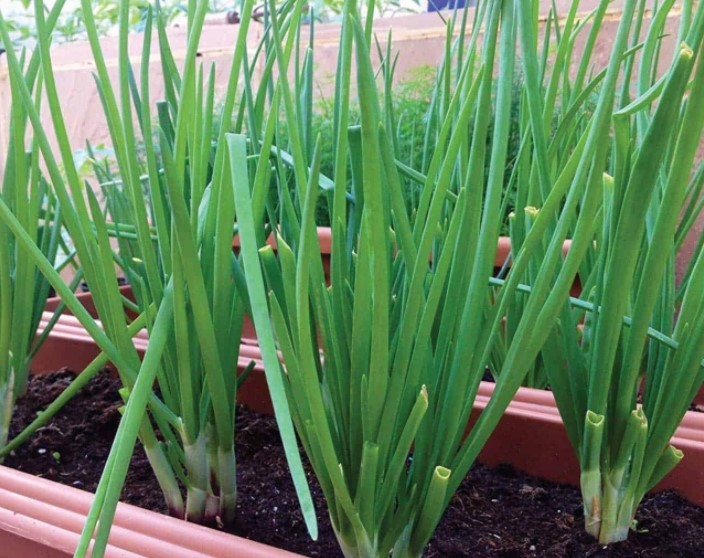Green onions are a staple in the kitchen, not only because they add flavor to many dishes but because they are also quick to prepare. When you’re in a hurry to get dinner on the table, green onions are the perfect ingredient to use since they can be chopped up and added to a dish right away. But how many times can you regrow green onions?
There are several types of green onions available at the grocery store. The most common are green onions that are harvested before they have a chance to grow bulbs. You can find these in the produce section of the store. They have a crisp taste, but they have a short shelf life.
You can also find them sold in bunches. These tend to be bigger than the green onions you find in the produce section, although they are still harvested before they get a chance to grow. Green onions that are harvested after they have grown bulbs are called scallions. These onions are commonly used as a condiment. They’re also sold in bunches.
But what is the maximum number of times you can regrow green onions? Well, the answer is actually pretty simple. You’ll be able to regrow green onions about 4 or 5 times before you’re going to have to replace them.
How to Harvest Green Onions?
Green onions are easy to grow and versatile, so most people grow them in their home garden. It is possible to grow them in the ground, but it is also possible to harvest green onions from an indoor planter.
If you want to harvest green onions, you need to grow them. This is not a particularly difficult task, and it won’t cost you much money, although you may need to invest in some tools and supplies. As long as you take your time when you’re doing it, the process is not hard at all.
Harvesting green onions are the first step of a two-step process. Releasing the green onions from the ground is the first step, and trimming the roots off of them is the second. In some ways, the two steps are not entirely related. For example, you can harvest green onions from the ground without cutting off the roots. However, if you want to keep the green onions alive, you need to trim the roots.
When Should You Harvest Your Green Onions?
You may remember being told as a child that green onions would never be ready to harvest—they would keep growing and growing. Fortunately, green onions are a bit more predictable than that, and since they grow so quickly, you can usually give them a haircut before they get too tall.

The leaves on green onions can start to get tough and fibrous when they grow above about 12 inches (30.48 cm)—but if you leave them a little longer, the bulbs will grow bigger, which could give you more green onions to share with friends.
Should You Grow Green Onions in Water or Soil?
There’s a big debate in the green onions growing community about growing green onions in water or soil. Some people believe green onions grow best in water—they’re easy to care for and can grow fresh green onions whenever you need them. Others claim that growing green onions in the soil give them added nutrients and a stronger flavor—and it’s easier to grow them to full size.
How Do Green Onions Reproduce?
Green onions (Allium fistulosum, also known as Welsh onion and spring onion) are actually a type of herb that is part of the onion family. These pungent, flavorful plants are in the same genus as chives, leeks, and garlic, though green onions are not as strongly flavored as these other varieties. Green onions are available year-round, though the freshest ones are available in the early spring.
Green onions are grown from plants called sets, which are bulbs with small green leaves. These sets are harvested in early spring, right before the green onions go to seed. They can be planted immediately or stored in a cool, dry place for a few weeks. The green onion bulbs will eventually begin to send up small green shoots, and if you plant them before they flower, you can have green onions as early as July!










